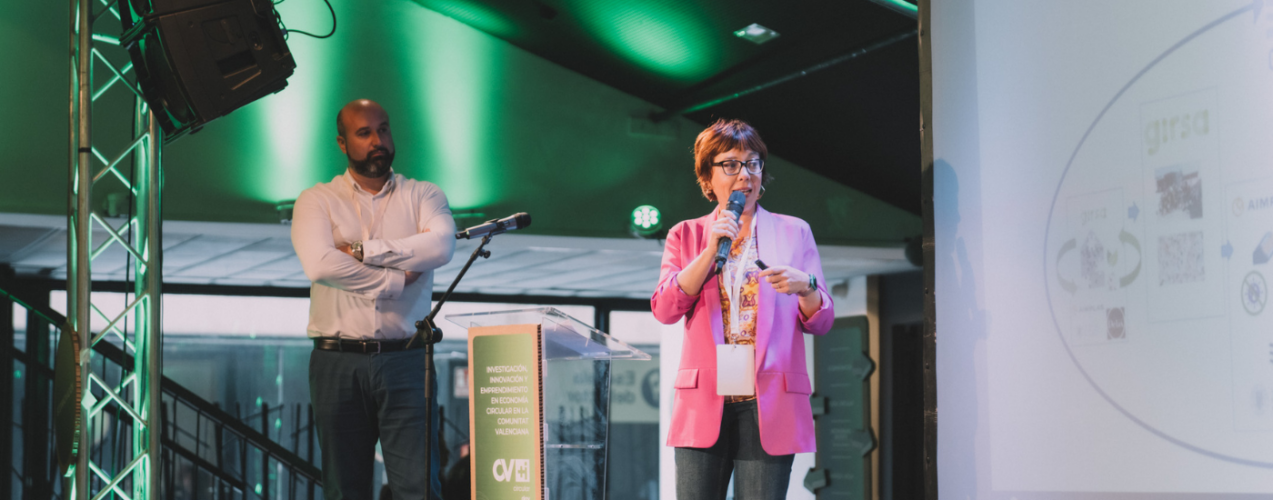Many of the objects we throw away can have a second life. Unfortunately, the majority of these mattresses end up in landfills, creating a series of problems: they take up large volumes of space, they cause instability in the landfill and increase the risk of fires due to overheating of the iron material they contain or to spontaneous combustion of certain materials.
“This represents a real environmental problem and finding a solution for recycling these mattresses is key to achieving the recycling objectives for 2030,” indicated the professor at Campus Gandia of the Universitat Politècnica de València (UPV) and Principal Investigator of the ORACLE project, Romina del Rey.
Mattress Recycling
Nearly 30 million mattresses reach the end of their life each year in the European Union. In the Valencian Community, around 300,000. Although recycling presents some challenges, end-of-life mattresses can be treated and their components given a new life through the development of new technologies and advances made in the circular economy.
For example: the metals in mattress can be melted down to create new metals, new textile products can be obtained from old fabric, and reused polyurethane “represents a great opportunity for promoting sustainable construction, since important aspect such as insulation and acoustic comfort can be improved with the raw materials found in landfills.”
As a result of the ORACLE project, recycled mattress material has been reintroduced into the bedding industry, as well as in solutions to noise problems in buildings. With this, “the waste produced in cities becomes raw material in the construction of those same cities, creating synergies between the bedding and construction industries, and promoting the circular economy.”
The project “Development of recycled polyurethane (PU) cores from used mattresses for sustainable construction with high added value (ORACLE)”, started in 2021 with the UPV as one of the development partners, has once again “showcased the knowledge, innovation and technology of the UPV at the service of society, responding to new needs.”
CV+i Circular Day
The work developed in the ORACLE project was presented at CV+i Circular Day. This meeting, held in Valencia, brought together the principal agents in the Valencian Innovation System to present the projects that are contributing to the development of disruptive ideas and the solution to problems that directly affect people’s lives.
Another project was presented at this event featuring the participation of Campus Gandia and promoted by Safor Salut, the Zero project “Circular economy of hospital textile waste”. This project is studying ways to recycle disposable hospital gowns when they reach the end of their life cycle with the aim of obtaining new products with high added value.
Source: Laida Frasquet Pascual, journalist from the Communication Department of the UPV
